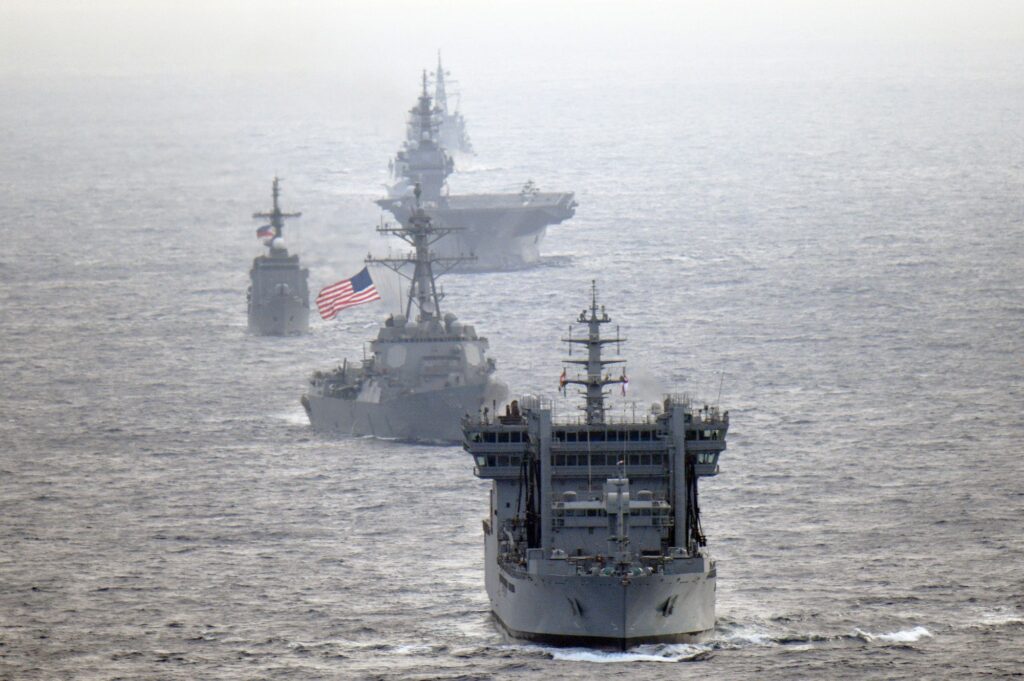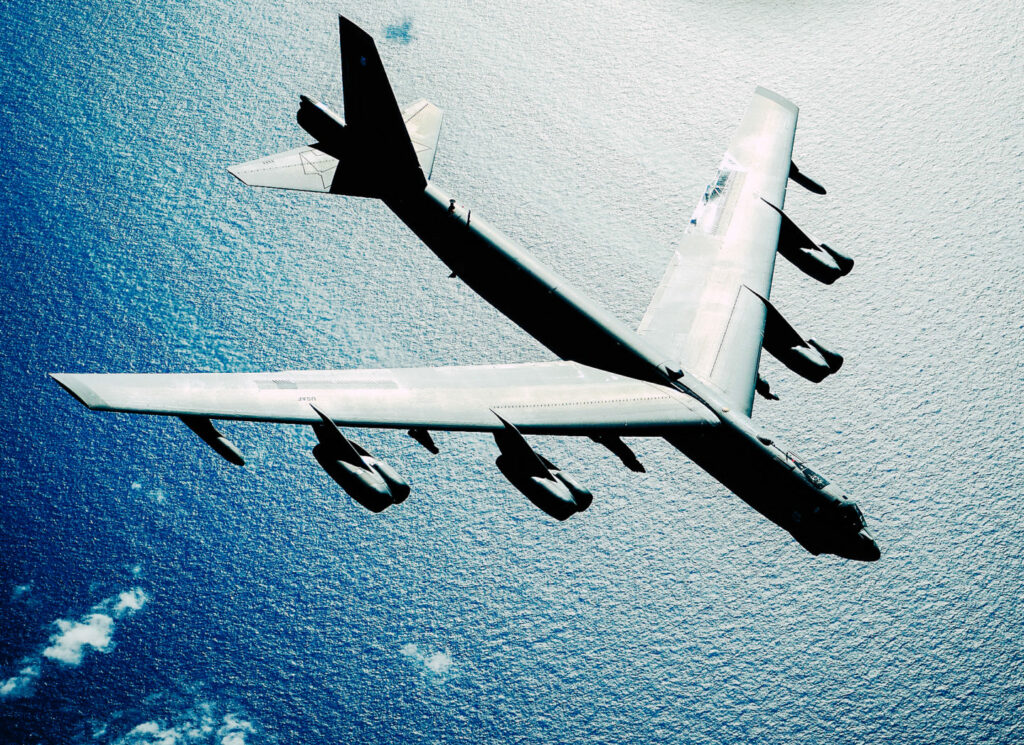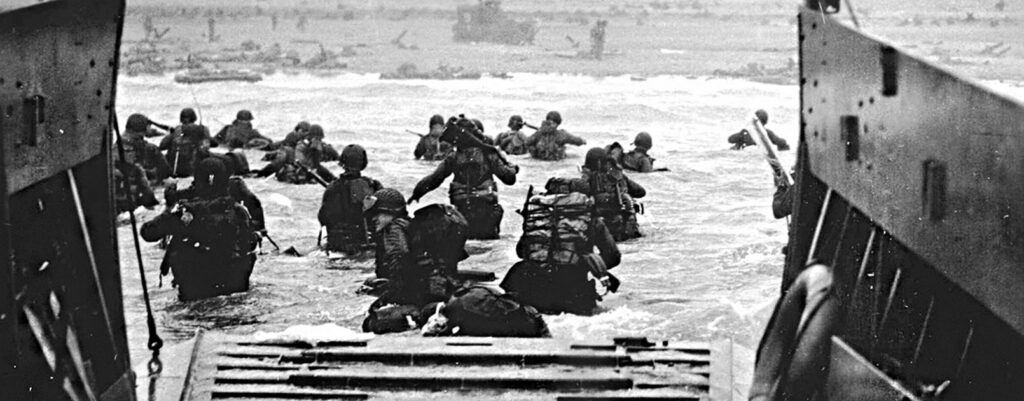On January 29th, 1955, President Dwight Eisenhower signed the Formosa Resolution, a joint measure with the U.S. Senate authorizing the use of the United States military “as he deems necessary for the specific purpose of securing and protecting Formosa (Taiwan) and the Pescadores against armed attack.†Tensions in Taiwan probably sound very familiar, as the 66th anniversary of the resolution comes just days after Chinese fighters and nuclear-capable bombers buzzed through self-proclaimed Taiwanese airspace.
President Eisenhower received overwhelming support in seeking the ability to protect one of the United States’ closest allies in the South Pacific and stem Communist aggression. The resolution came as a response to communist Chinese forces (known as the People’s Liberation Army) bombarding Taiwanese garrisons and threatening to invade. Congress pre-approving the president’s deployment of the armed forces according to his judgment would go on to set an important precedent for future American foreign policy.

To view the Formosa Resolution and current events in the Taiwan Strait in the proper context, an explanation of the nebulous issue of Taiwan’s sovereignty is needed. The island of almost 24 million people sits 110 miles from mainland China. Taiwan, under Japanese control from 1895 to 1945, was ceded back to the Chinese government at the end of World War II. This was a strained relationship from the start, as Taiwan had modernized and prospered under Japanese rule.
Mainland China, known as the Republic of China (ROC) was insistent on assimilating Taiwan. The ROC’s leader, General Chiang Kai-Shek, appointed leaders that were viewed as incompetent outsiders by the residents of Taiwan. The unrest came to a boiling point on February 27th, 1947. An unlicensed cigarette vendor was beaten and arrested by Chinese authorities, attracting an angry mob. The agents fired into the crowd, killing one person.
Mass protests erupted across Taiwan the next day, and the Chinese army responded with brutal, indiscriminate reprisals in what has become known as the “228 incident.†Taiwan technically remained under martial law for the next forty years, which is part of why the massacre isn’t well-known internationally. Destruction of records to cover up the event makes an exact death count over those several weeks impossible, but estimates range anywhere from 18,000 to 28,000.
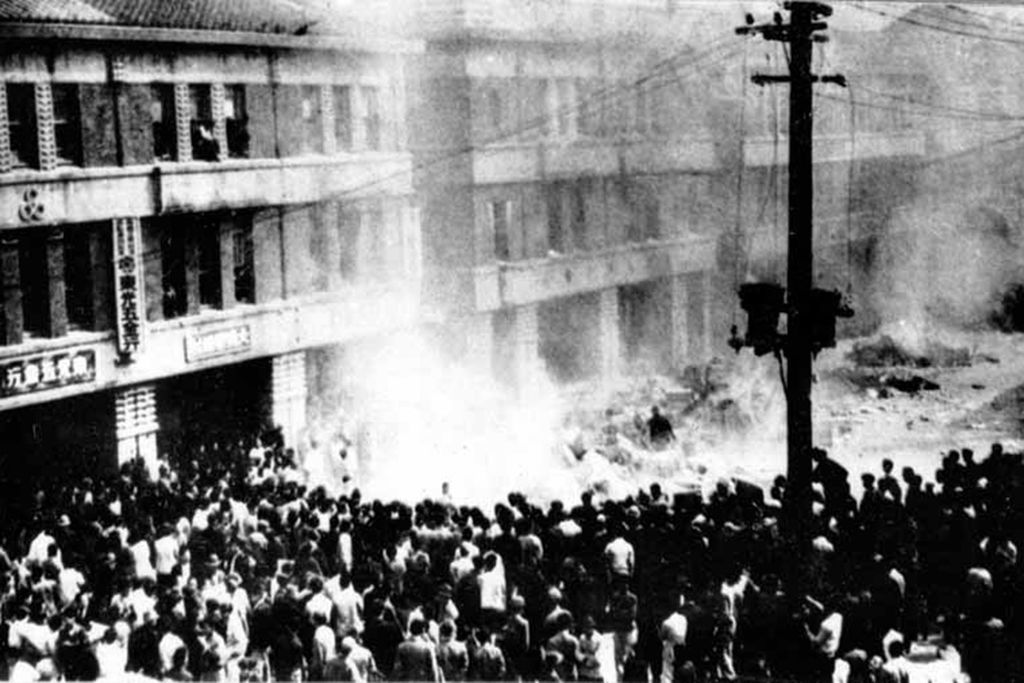
This was certainly not forgotten by the time Chiang and 1.5 million others fled mainland China for Taiwan after being overrun by Mao Zedong’s communist forces. Despite the people’s obvious animosity for the government, Chiang established a new base of operations in Taipei, with the eventual goal of re-taking the mainland from the communist People’s Republic of China (not to be confused with Chiang’s Republic of China, as Taiwan is still officially known), which of course never took place. Being an enemy to the Communists made Taiwan an important ally to the United States in the Korean War and the following years.
The U.S. Seventh Fleet left the region after the Korean Armistice in 1953, and the People’s Republic of China (PRC) placed two nearby islands of symbolic and strategic importance in their crosshairs. They began bombarding the ROC garrisons on those islands, known as Jinmen and Mazu. The United States responded with the show of force made possible by the Formosa Resolution, with the Seventh Fleet steaming back into the Strait of Taiwan. Many possibilities were considered, including the prospect of nuclear weapons. However, President Eisenhower resisted the use of any force, and cooler heads prevailed. The PRC backed down. This sequence of events became known as the Taiwan Strait Crisis, the first in a series of three.

The peace was short-lived. In 1958, the PRC resumed their artillery bombardment of the garrisons on the two islands and prevented them from being re-supplied. This led to the Second Taiwan Strait Crisis. President Eisenhower, recognizing the importance of the islands both for the morale of Taiwan and the fight against Communism, provided the ROC Army with sufficient artillery to retaliate, and their Air Force with F-86 Sabres in an effort to help them gain air superiority over the islands. This crisis ultimately ended in a stalemate as well.
One significant development from this was a bizarre scenario in which communist engineers obtained an American Sidewinder missile (cutting edge military technology that far surpassed the Chinese or Soviets at the time), because it failed to detonate when impacting a PRC MiG-17. Watch the video below to learn more about it:
The PRC and ROC co-existed in an uneasy peace for decades after. The Sino-American Mutual Defense Treaty of 1954, signed just a month before the Formosa Resolution, deterred the PRC from the Strait of Taiwan. The United States began the practice of walking a political tightrope between China and Taiwan, needing to keep the peace with China while supporting Taiwan’s growth as it became an increasingly democratic nation.
Taiwan suffered a significant blow in 1971 when the United Nations recognized the communist PRC, supplanting the ROC government. President Richard Nixon’s visit to China in 1972 reinforced the United States’ commitment to relations with the new Chinese government. In 1978, President Jimmy Carter severed official ties with Taiwan. Congress responded with the 1979 Taiwan Relations Act, which assured that the United States’ interest in protecting Taiwan’s autonomy was still a priority.
The United States would maintain economic ties with Taiwan, and would provide them with “weapons of a defensive nature,†and would “consider any effort to determine the future of Taiwan by other than peaceful means, including by boycotts or embargoes, a threat to the peace and security of the Western Pacific area and of grave concern to the United States.â€
The China-Taiwan-U.S. diplomatic roller coaster continued through Ronald Reagan’s presidency, as he made an agreement to reduce arms sales to Taiwan (a policy that has bounced back and forth over the years, and been reversed recently). Taiwan’s isolation from the rest of the world only spurred more of a spirit of self-sufficiency and democratization. In 1987, martial law was rescinded. A new political party, the Democratic Progressive Party (DPP), surfaced as opposition to the Kuomintang (KMT) that had ruled Taiwan since Chiang fled the communists in 1949.
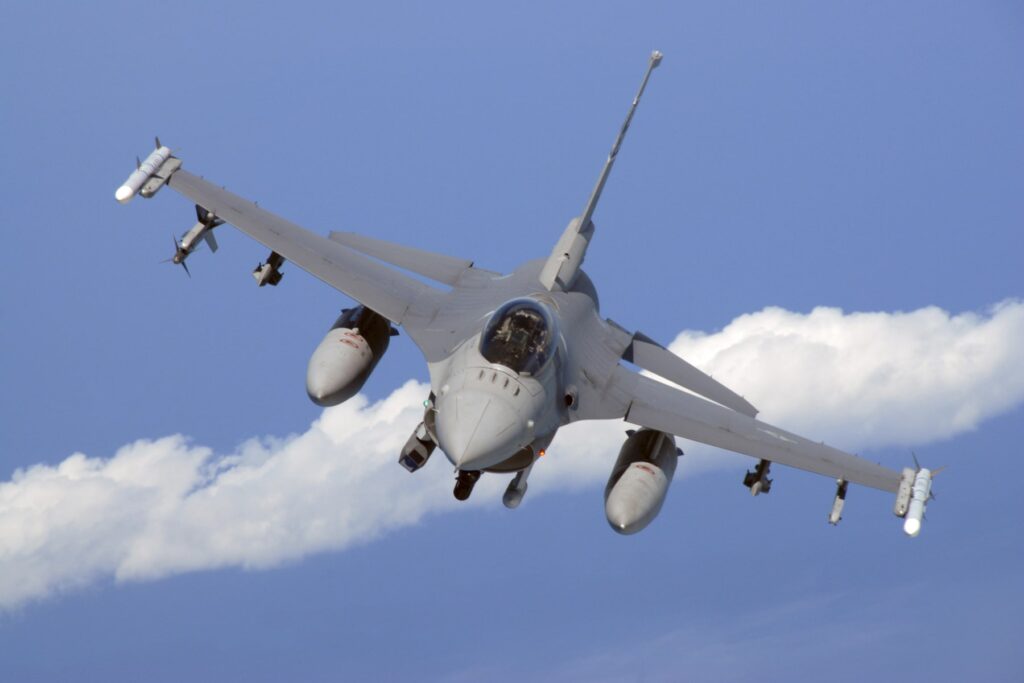
By 1995, Taiwan was poised to hold its first democratic elections. Mainland China had an obvious interest in discouraging this. The PLA conducted multiple live-fire training exercises and simulated amphibious invasions of islands near the Taiwanese mainland and launched nuclear-capable missiles over the capital of Taipei, in an obvious attempt to intimidate Taiwanese voters. This touched off the Third Taiwan Strait Crisis.
Yet again, The United States responded with a decisive show of force, sending two carrier groups (USS Nimitz and USS Independence) to the region. The PRC was forced to back down, Taiwan’s election proceeded, and a candidate that had hinted at independence from China, Lee Teng- Hui, was elected president. China’s recognition that their intimidation tactics backfired led to a shift in their policy with handling Taiwan, employing fewer intimidation tactics, and has meant relative peace in the region over the last two decades.
However, being forced to back down to the U.S. yet again was also the impetus the PRC needed to build up and modernize their military forces. Chinese president Xi Jinping has been aggressive in his efforts to expand Chinese territorial waters since he came to power in 2012, and now has the naval might to support it.

While Chinese flyovers into Taiwan’s Air Defense Identification Zone (ADIZ) aren’t uncommon, they are not nearly as frequent as what has occurred in the past week, and they are usually only reconnaissance planes, as opposed to the fighters and bombers that have been menacing Taiwan recently. Political chest-beating like this isn’t uncommon during a transfer of power. It would appear the flyovers are at least partially a test of new president Joe Biden’s resolve to protect the region. History shows that the situation bears watching, though, as China might be intent on forcing the United States’ hand again.
